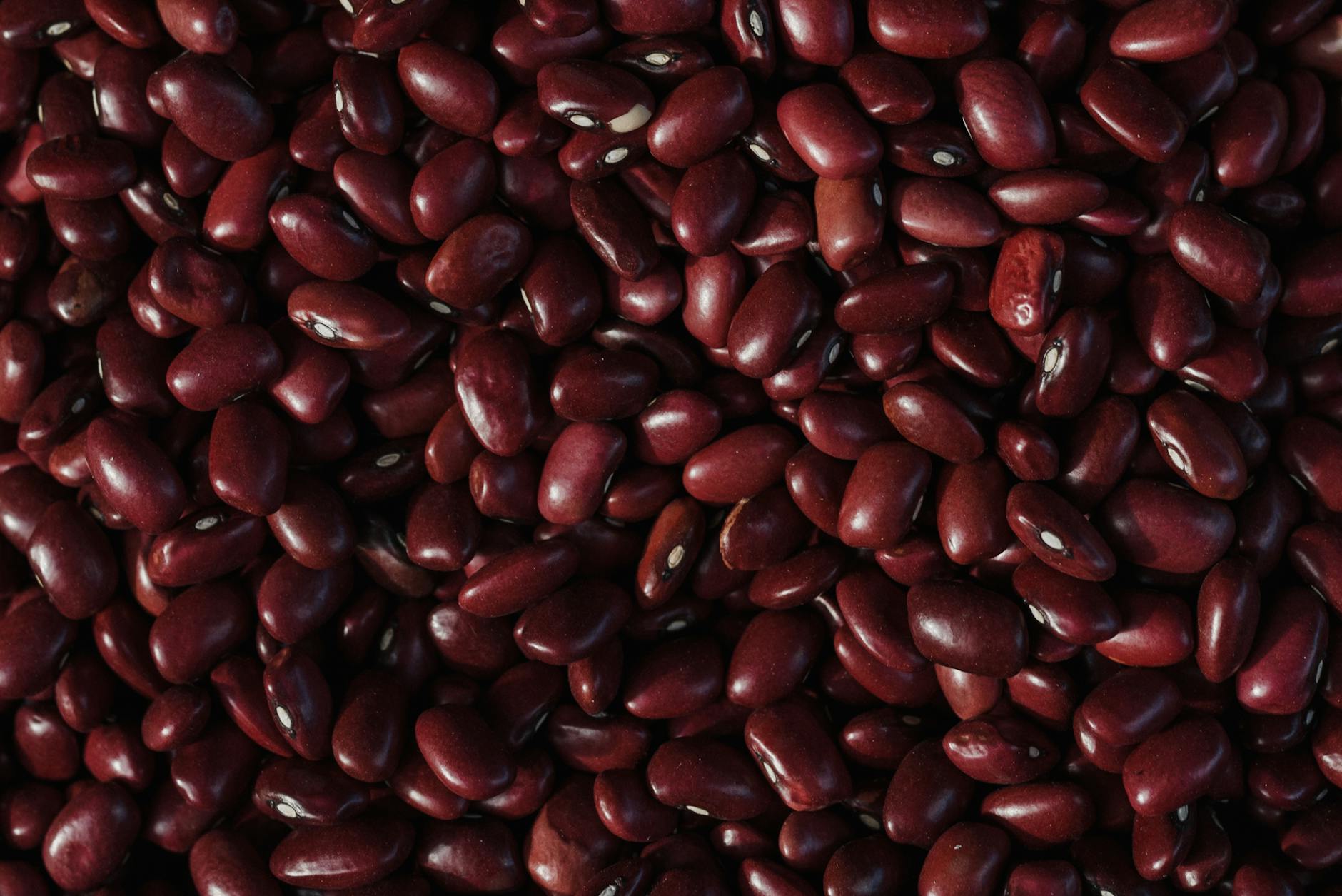How to remove gas factors from beans

Removing gas factors from beans is needful to enjoying the many nutritional and health benefits of beans. This is because the gas that follows a bean diet puts off many people. This problem is known as flatulence which occurs when sugars in beans known as oligosaccharides (gas factors) undergo bacterial fermentation in the lower intestines. The fermentation produces a lot of gases, which increases windiness. Let us look at some simple methods to remove gas factors from beans.
Removing gas factors through soaking
Normal soaking of beans involves adding water to beans at room temperature. Then letting the beans sit in the water for some hours. Short soaking (3-4 hours) or long soaking (12-15 hours). Many suggest that a long soak removes the gas factors better. However, this may not be the case. From our research, 15 h of soaking in just reduced stachyose (the most abundant oligosaccharide) by only 1.3%.
High-temperature soaking method involves putting beans in a saucepan and adding water. This is then brought to a boil for three minutes, covered, and let to soak for at least 4 hours. The high temperature of soaking water softens the cell walls. This allows water to enter the beans increasing the removal of oligosaccharides.
Alkali soaking involves soaking beans with baking powder (Sodium bicarbonate). It is another effective soaking method. Dissolve 1 teaspoon of baking powder in 4 liters of water. Add your beans and bring them to a boil for 3 minutes. Then cover and let it soak for at least 4 hours. Remember to throw away the soaking water before boiling the beans. You can also replace the baking powder with table salt. The salts improve oligosaccharide solubility and draw them out into the soak water.

Fermentation
The fermentation process involves the use of bacteria to break down oligosaccharides. It is similar to a long soak. However, to avoid the breakdown of proteins, which results in the ammonia smell, you need to use a fermenting solution. This solution can be prepared by adding 1 tablespoon of salt to 600 ml of soaking water. Add 1 cup of beans, cover, and let it sit for at least 24 hours. Throw away the fermentation water and boil your beans using clean water.
You can ferment the beans for longer hours if you please. This will result in higher losses of the oligosaccharides.
Removing gas factors through boiling
Boiling of beans is part and parcel of bean preparation because it makes them edible. Boiling removes more oligosaccharides compared to soaking. In our findings boiling removed up to 20 % of Stachyose.
Normal boiling involves boiling beans in a saucepan on the fire. Research shows that boiling un-soaked beans removes more oligosaccharides compared to soaking. This is actually great news since un-soaked beans tend to have better bean flavor compared to soaked ones. The flip-side is that un-soaked beans take longer to cook therefore using a lot of fuel.
Pressure boiling. In addition to saving fuel and time, the use of a pressure cooker removes more gas factors from beans than normal boiling. The high temperature and pressure cause the oligosaccharides to go through a process called thermal hydrolysis. Where high heat breaks down the gas factors to simple sugars.
Boiling with carrot. Another boiling method praised for removing gas factors in beans is putting a carrot in the boiling beans. Although there is no direct research to explain this, it is a common practice among Kenyans.
Carrot does not have an α-galactosidase enzyme responsible for breaking down oligosaccharides. However, they have enzyme invertase which can break down sucrose and oligosaccharides to a sugar called melibiose. Our systems cannot digest melibiose, however, unlike oligosaccharides, melibiose does not cause gas production on fermentation. This therefore could be the reason why boiling beans with a carrot are said to remove gas factors in the beans.

I love your write up.
Keep it up
Thank you Yayra